Chosen theme: Nutritional Label Reading Tips. Welcome to a friendly, empowering guide for turning the back of the box into your best ally. Learn practical tricks, enjoy real-life stories, and share your wins as you master every panel and ingredient line.
Serving Size: The Tiny Line That Changes Everything
Spot the Sneaky Multiplier
Start at serving size, then check servings per container. If there are two and you usually eat the whole thing, double calories, sodium, and sugars. This single habit prevents accidental overeating and helps you set realistic portions.
Portions vs. Servings: Recalibrate Quickly
Your portion is what you eat; the serving is what the label uses for math. Keep a quick mental calculator: multiply by your real portion. Take thirty seconds upfront to avoid hours of second-guessing later.
Story: The Granola Surprise
A reader shared that her “healthy” breakfast ballooned from 220 to 440 calories once she realized she always poured two servings. The fix wasn’t restriction—just measuring once, learning the bowl, and enjoying a satisfying, intentional portion.
Percent Daily Value Without the Math Headache
%DV is based on a general 2,000-calorie diet. It shows how much a nutrient contributes to a typical day. Think of it as a snapshot, helping you compare items and make fast, better choices.
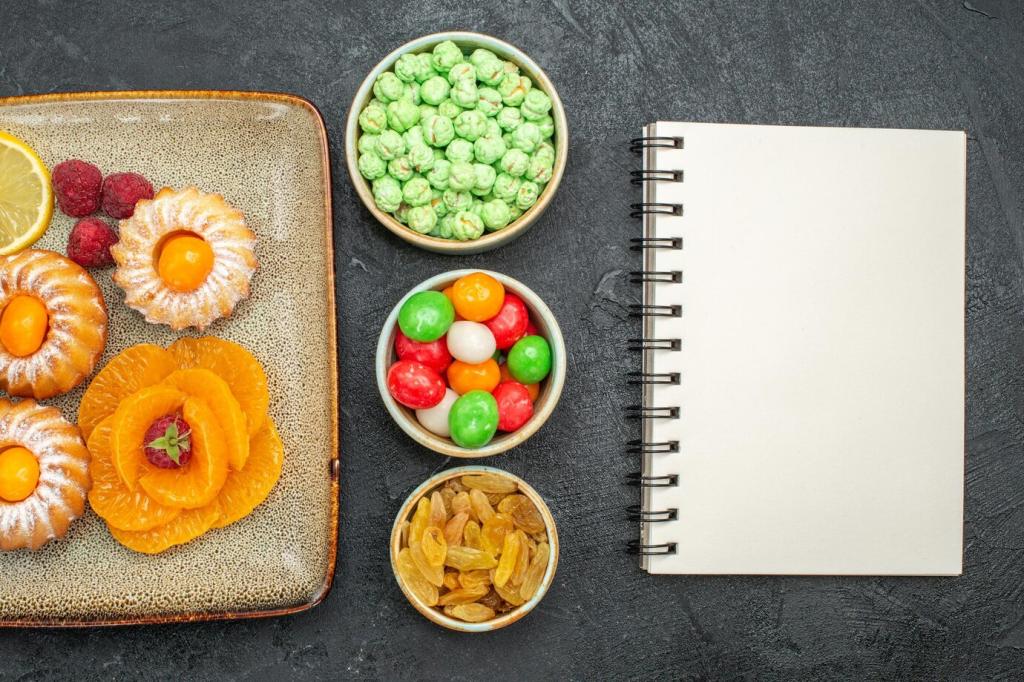
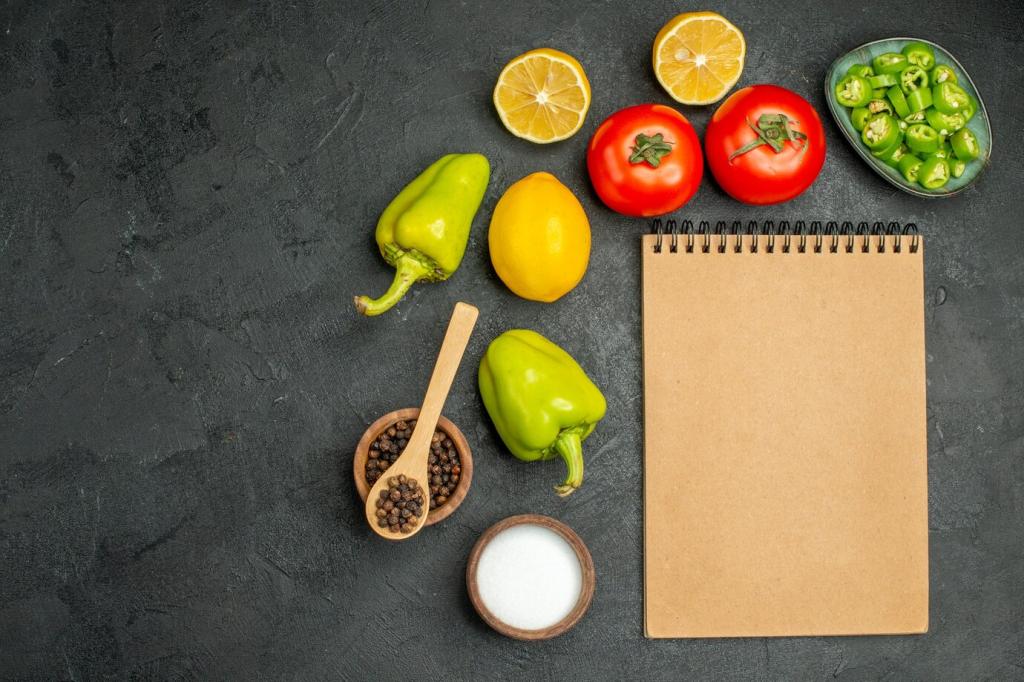
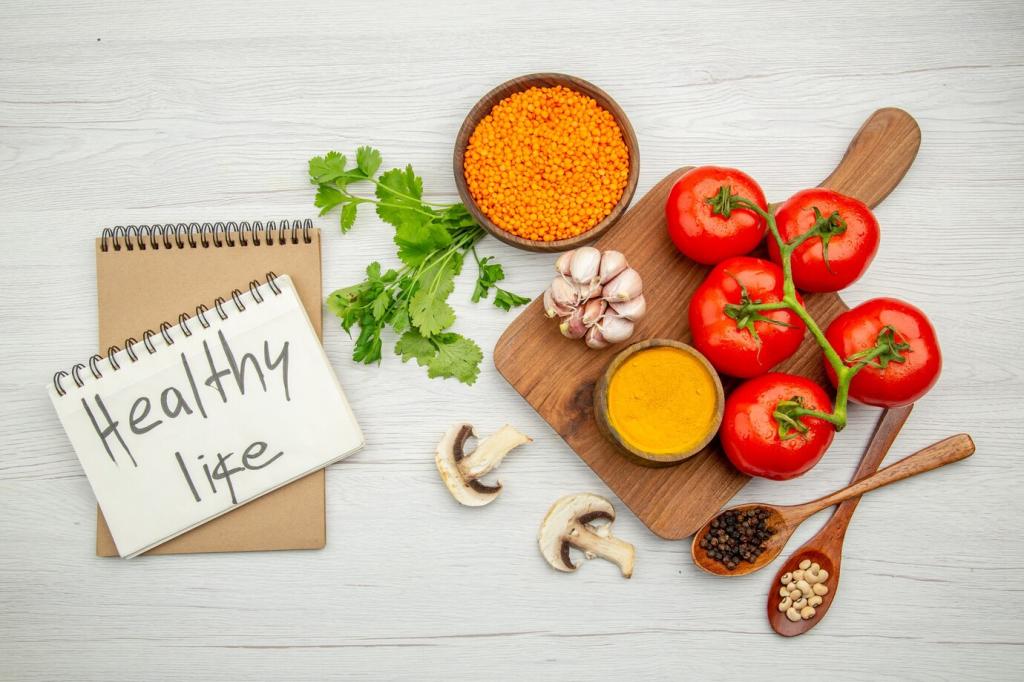
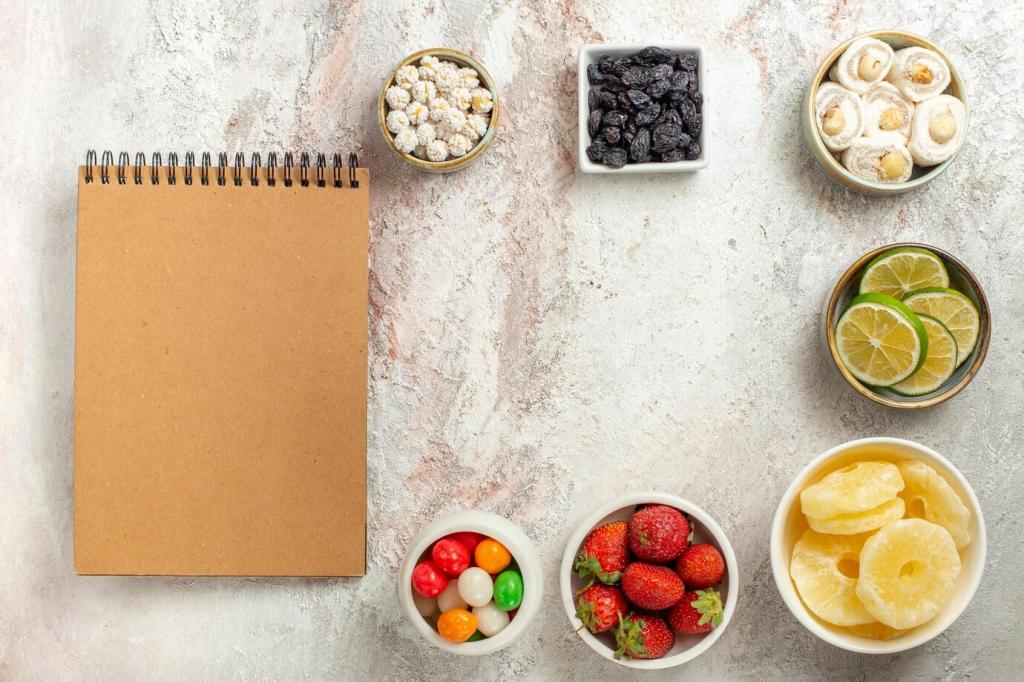
Fat Facts: From Labels to Real-Life Choices
Saturated fat has a higher %DV impact. Use labels to compare options within a category—like yogurts or frozen meals—and choose the one that helps you stay under your daily threshold without sacrificing flavor or fullness.
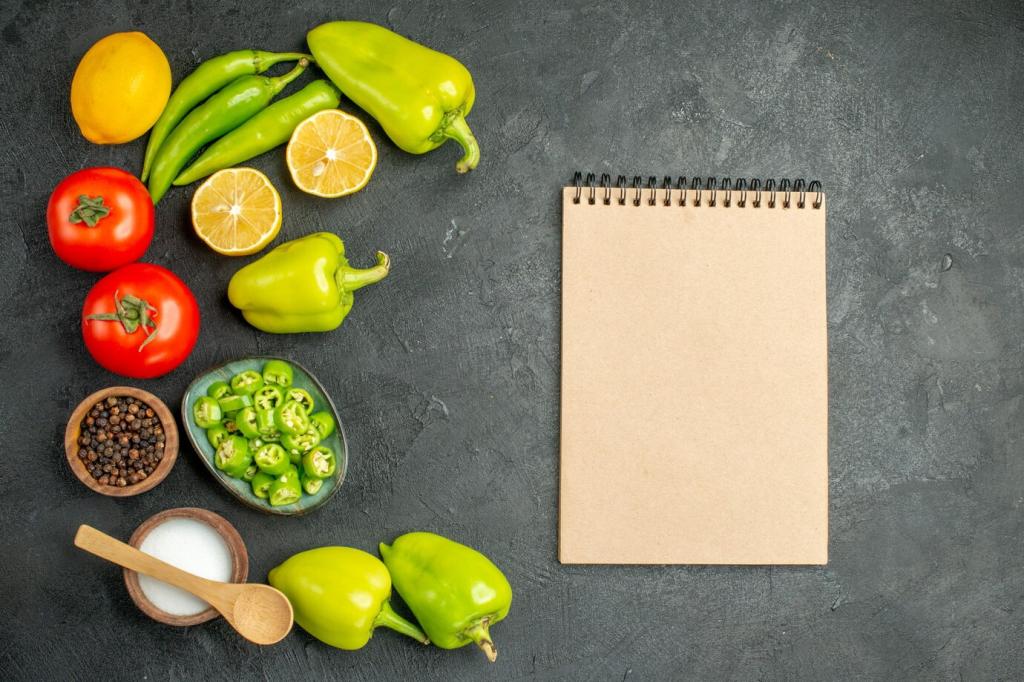
Fat Facts: From Labels to Real-Life Choices
Labels can show 0 grams trans fat while still containing tiny amounts per serving. Scan the ingredient list for “partially hydrogenated oils.” If you see it, choose another option and tell us your favorite smarter swap.
Fiber, Protein, and Fullness You Can Count On
A quick rule: aim for at least 3–5 grams of fiber per serving in breads or cereals. Another trick is a 10:1 carbohydrate-to-fiber ratio or better. Share your favorite high-fiber go-tos with other readers.

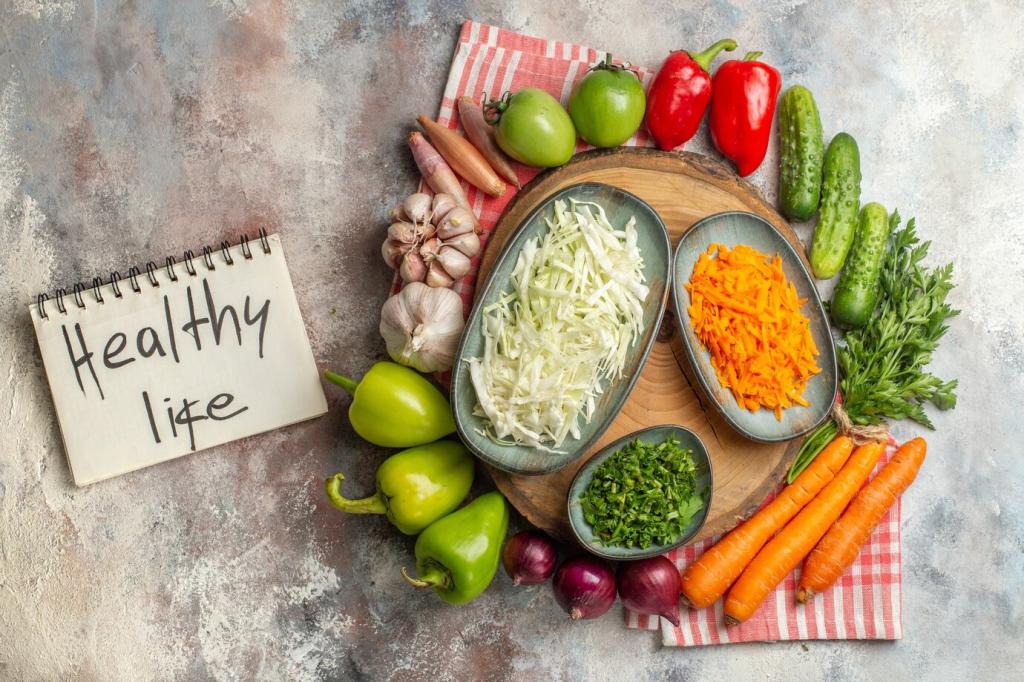
Fiber, Protein, and Fullness You Can Count On
Protein grams matter, but sources matter too. Dairy, eggs, lean meats, legumes, and soy foods support a balanced amino acid profile. On labels, pair protein with fiber for better satiety and steadier blood sugar through the day.
Sodium Sense: Keep Flavor, Lose Excess Salt
Most adults aim for no more than 2,300 milligrams sodium per day. On labels, 5% DV is low and 20% DV is high. Use this to pick soups, sauces, and snacks that fit your goals.
Sodium Sense: Keep Flavor, Lose Excess Salt
Choose low-sodium broths, compare deli meats, and rinse canned beans to reduce sodium significantly—often up to around forty percent. Season boldly with acids and herbs. Share your best low-sodium flavor boosters with our community.



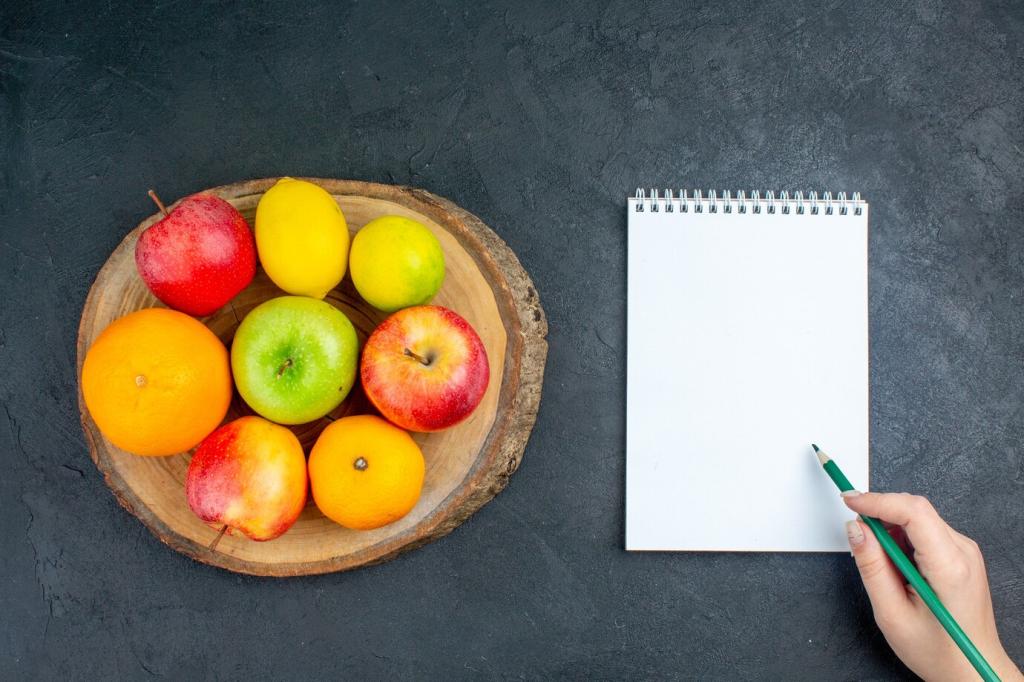
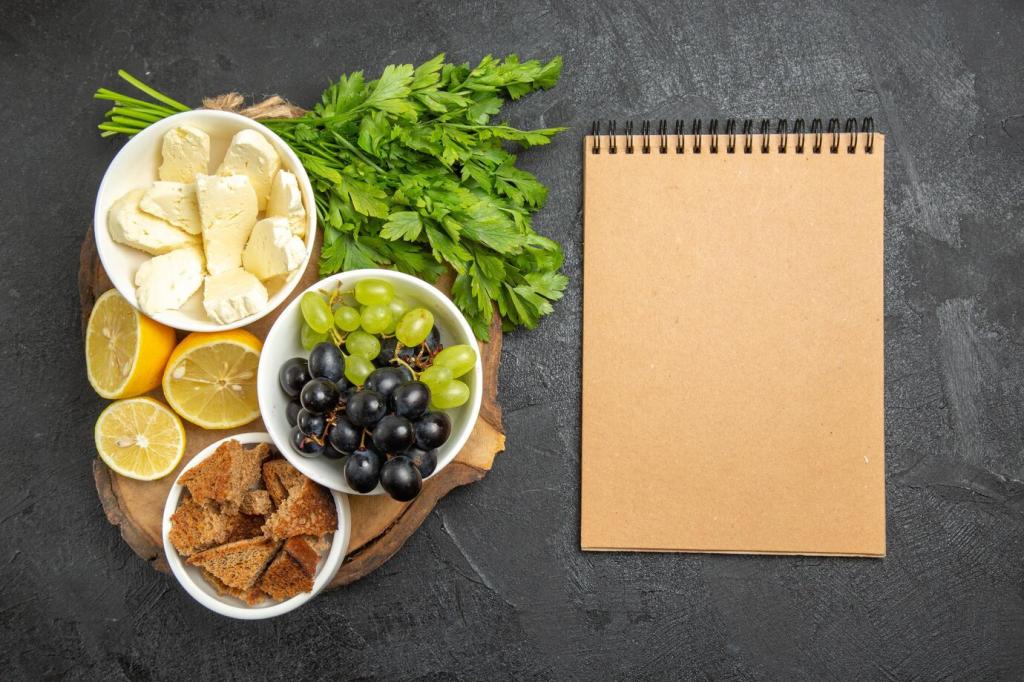
Global Labels: Compare Like a Pro, Anywhere

When serving sizes differ wildly, compare per 100 grams or 100 milliliters. This normalizes the math across brands and countries, turning tricky packages into straightforward, apples-to-apples choices.
